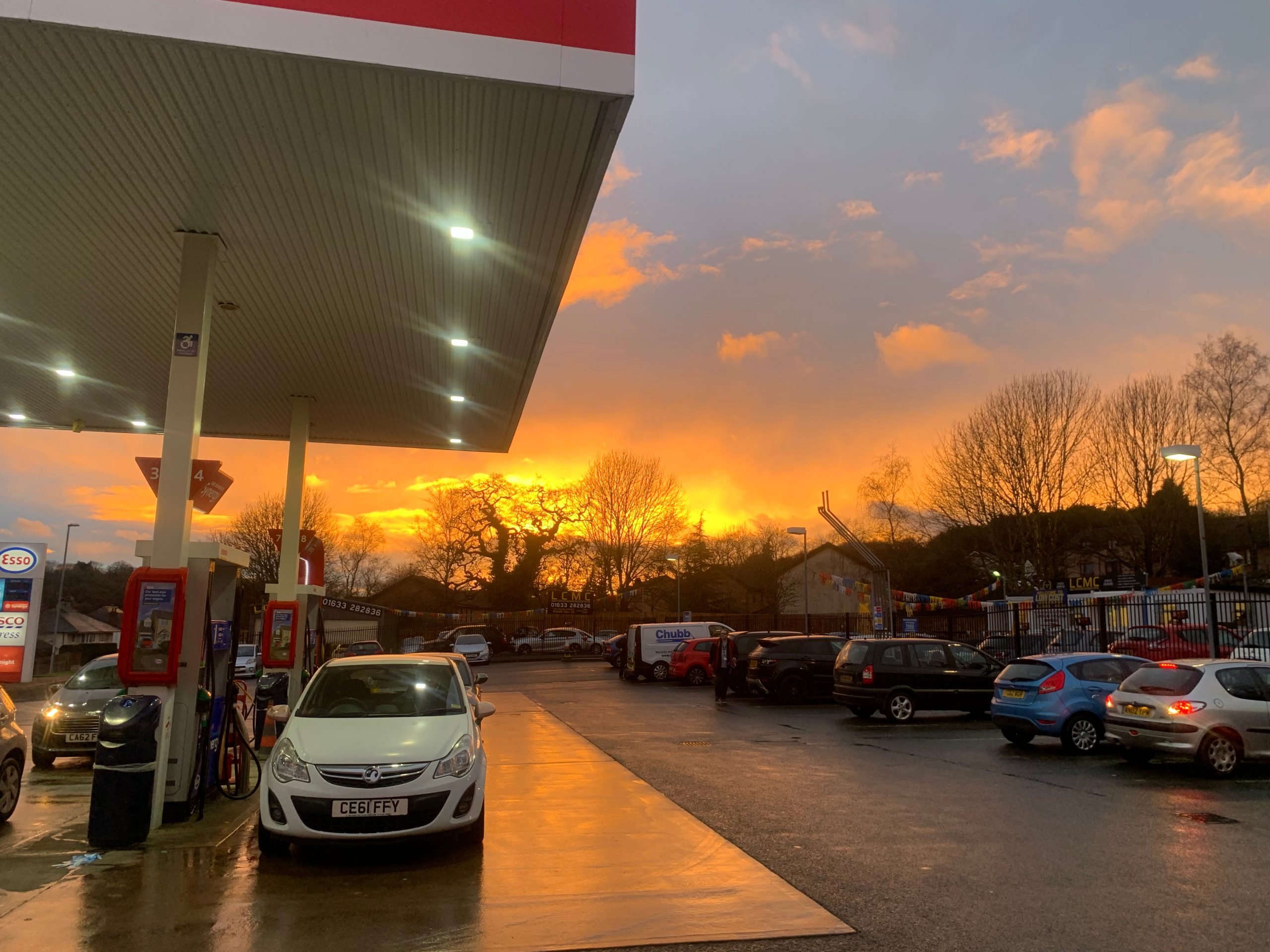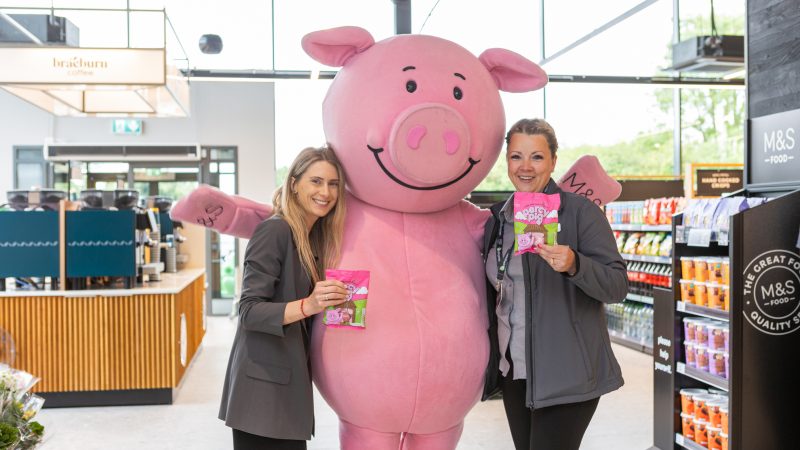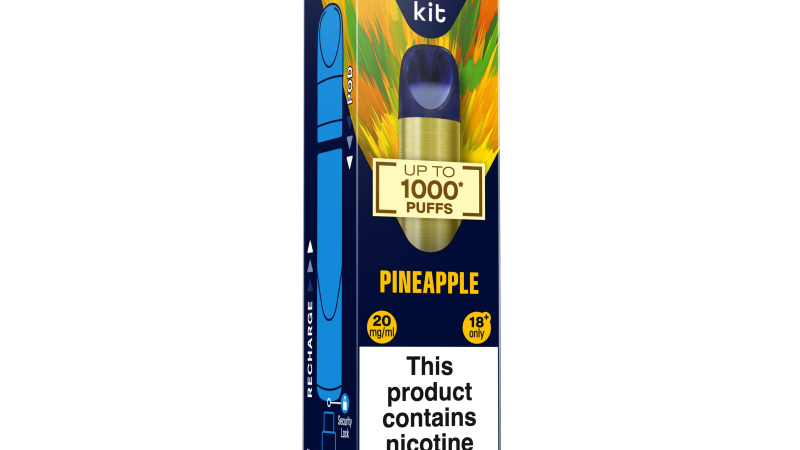Signs that fuel sales on rise again in GB – Irish prices back to pre-pandemic levels, says AA

Overall fuel sales have begun to edge up again in GB as the first steps are being taken out of lockdown, according to the latest figures from the Department for Business, Energy & Industrial Strategy (BEIS).
Average sales across Great Britain for the week ending March 14 were up 3.2% compared with the previous week and were 76% of a typical week before the first lockdown (which started 23 March 2020).
Average diesel sales were at 81% and petrol sales were 69% of a typical week before lockdown, with average daily sales per filling station of 8,460 litres of diesel and 5,030 litres of petrol, giving a daily total of 13,490 litres.
Petrol sales plummeted
In the eight weeks prior to the first lockdown on March 23 average daily sales were 17,690 litres per filling station, with a peak of 20,983 on Friday February 28. After the lockdown they fell rapidly bottoming out at 2,522 litres on Sunday April 12.
From this point they climbed steadily reaching 92% of pre-lockdown levels by the end of September.
Petrol sales in Ireland plummeted in April last year to less than a third of that consumed in the same month last in 2019.The Covid lockdown resulted in a dramatic reduction in the number of vehicles on the roads with large sections of the population either unemployed or working from home.
Figures show that motor diesel also saw a significant fall in April 2020, with motorists purchasing just 45% of the amount they bought in April 2019.
Signs of recovery
Although there are some signs of recovery.
A spokesperson for the Department of Communications, Climate Action and Environment said oil companies operating in the State provide statistical information on a monthly basis to the Department and are provided to the EU Commission and the International Energy Agency (IEA).
“In addition, statistical information is provided by the Department to the National Oil Reserves Agency (NORA) in order to allow them to determine the amount of Petroleum Product Levy payable by the oil companies operating within the State.”
The fall-off in fuel purchases began in March 2020 when motorists purchased 20 million fewer litres of petrol and almost 30 million fewer litres of motor diesel. The fall-off increased significantly in April and was expected to continue in May.The reduction in spending on fuel is also expected to impact excise revenues for the State. The AA says up to 70% of the price of fuel at filling station pumps goes to the State through excise, VAT and the NORA levy. Reduced household spending could result in a decline of nearly €7bn in indirect tax revenues last year.
Last month (February), the cost of petrol and diesel in Ireland had returned to pre-pandemic levels, according to the AA’s latest fuel price study.








